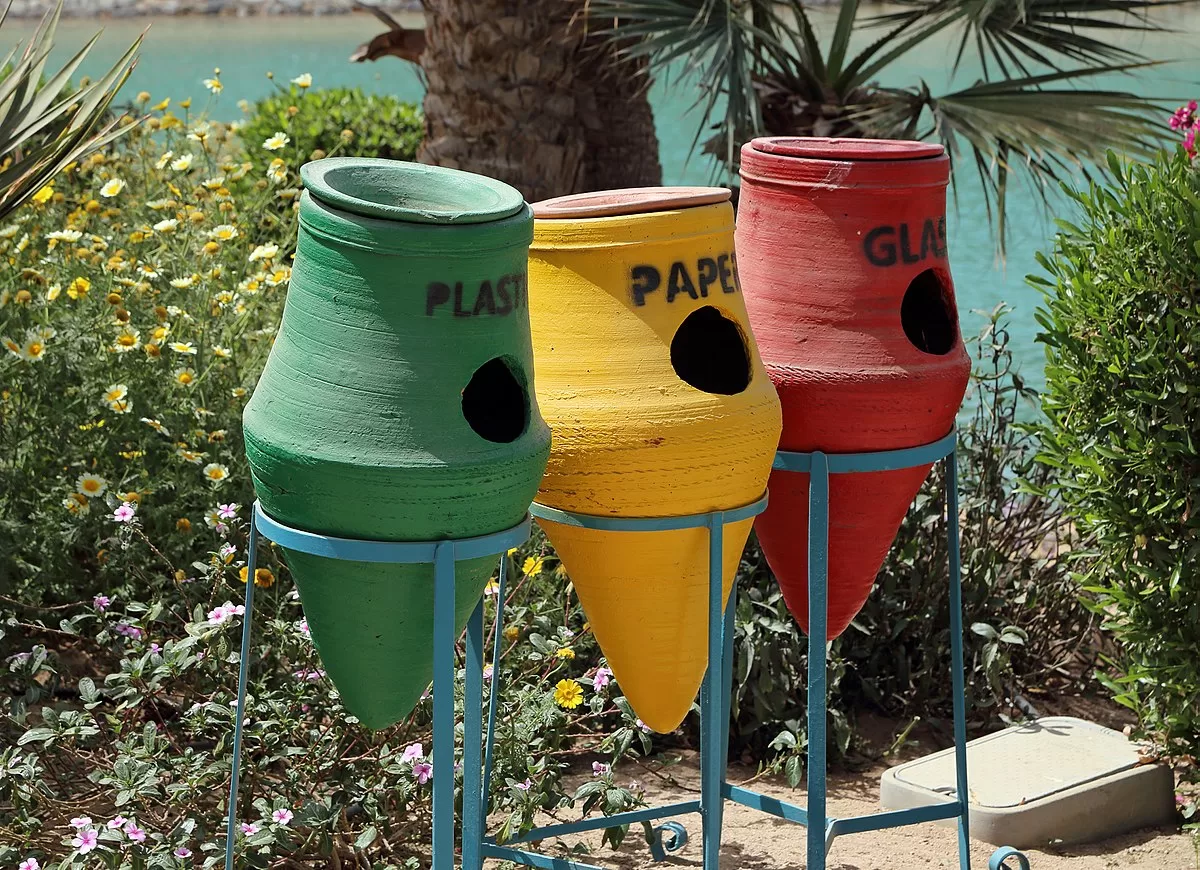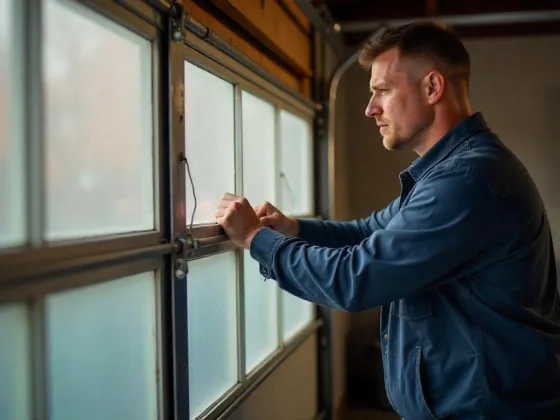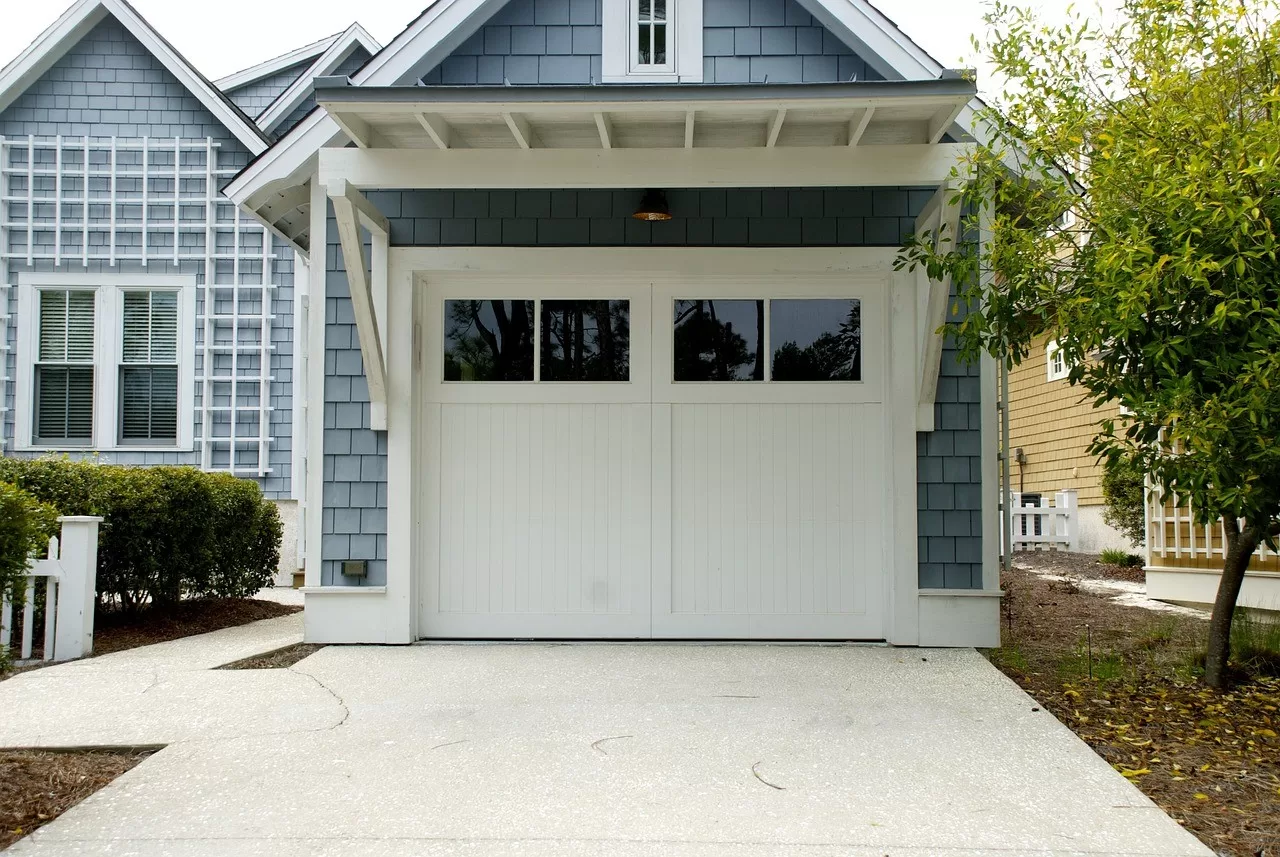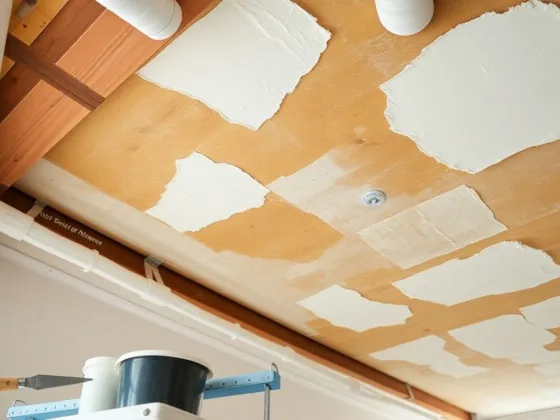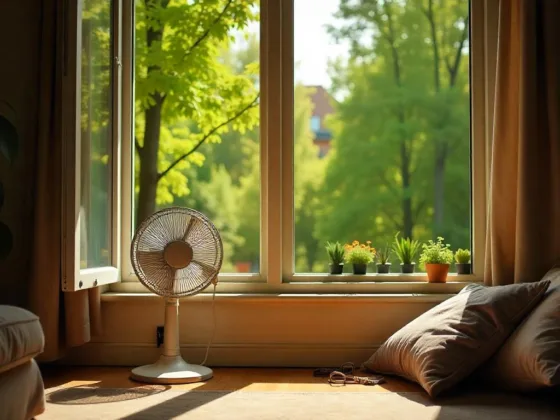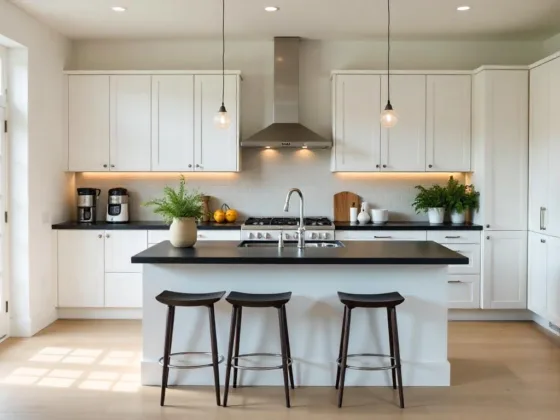The Australian property market has seen significant changes in recent years, with the COVID-19 pandemic and other economic factors impacting the viability of property renovations.
The cost of extensions and renovations has skyrocketed, with some homeowners reporting quotes ranging from $150,000 to $350,000 for relatively small projects. This trend is echoed by data from the Australian Bureau of Statistics, which shows that the value of alterations and additions to residential properties peaked at $662 million per month during the COVID-19 pandemic, before declining to $477 million per month as of late 2022.
Profitability Factors
The profitability of a renovation project in Australia depends on several key factors:
- Location: Properties in desirable, high-demand areas tend to see a greater increase in value after renovations compared to those in less sought-after locations.
- Property Type: Certain property types, such as larger homes or those with the potential for additional bedrooms or bathrooms, may see a higher return on investment from renovations.
- Renovation Scope: Targeted, high-impact renovations like kitchen and bathroom upgrades often provide the best ROI. At the same time, more extensive structural changes can be more costly and may not always translate to a proportional increase in property value.
- Construction Costs: The rising costs of materials, labour, and other construction-related expenses have put significant pressure on the profitability of renovation projects.
Flipping Houses and Potential Tax Changes
One popular strategy for property investors has been “flipping” houses, where they buy, renovate, and quickly resell properties for a profit. However, this practice may soon face higher taxes in Australia, potentially reducing the overall profitability of this approach.
According to a recent Reddit discussion, the Australian Taxation Office (ATO) is considering changes that would subject the profits from house flipping to a 47% tax rate, rather than the more favourable capital gains tax treatment. This could significantly impact the viability of this investment strategy.
A Few Case Studies
A notable case is the renovation of a suburban home in Marrickville, QLD:
The homeowners purchased the property for $1.2 million in early 2023. They invested $300,000 in renovations, focusing on modernizing the kitchen, adding an extra bedroom, and enhancing outdoor living spaces.
- Before Renovation: $1.2 million
- Renovation Cost: $300,000
- After Renovation: $1.8 million
The property was recently valued at $1.8 million, yielding a profit of $300,000.
According to real estate agent Jane Smith:
“Marrickville’s appeal to young families and professionals has significantly increased property values, making renovations a worthwhile investment.”
Another case in point is the renovation of an apartment in South Yarra, VIC:
The investor bought the apartment for $750,000 and spent $150,000 on renovations, which included upgrading the bathroom and kitchen and adding smart home features.
- Before Renovation: $750,000
- Renovation Cost: $150,000
- After Renovation: $950,000
Post-renovation, the apartment was valued at $950,000, resulting in a profit of $50,000.
Real estate expert Mark Johnson notes:
“Inner-city Melbourne properties continue to attract demand from young professionals and downsizers, but the margin for profit through renovations has tightened.”
Conclusion
While property renovations can still be profitable in Australia, the landscape has become more challenging in recent years. Careful planning, budgeting, and cost management ensure a renovation project remains financially viable. Investors and homeowners should also be mindful of potential tax changes that could impact the profitability of certain renovation strategies, such as house flipping.
By understanding the key factors influencing renovation profitability, property owners can make more informed decisions about the best way to invest in their properties.

